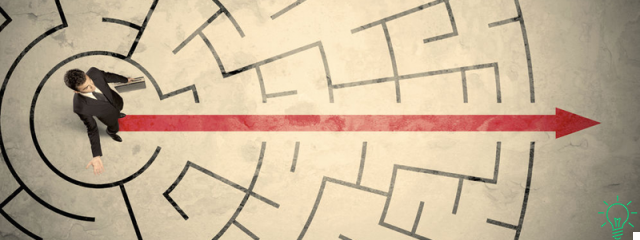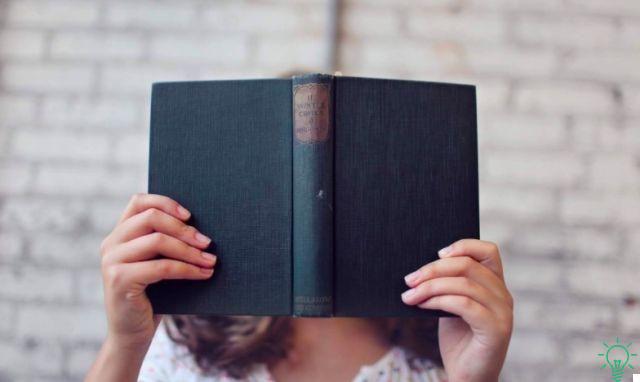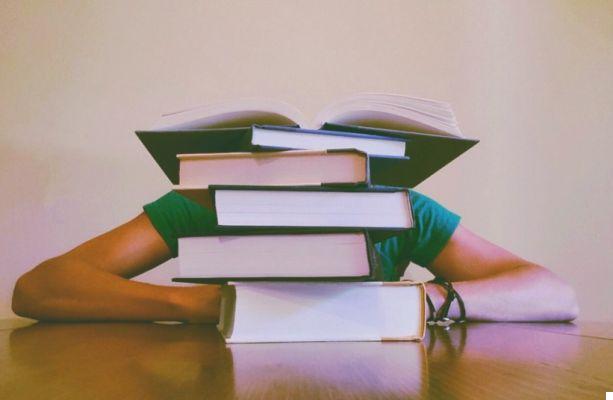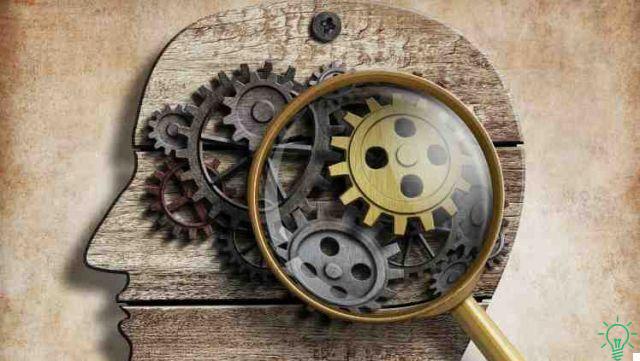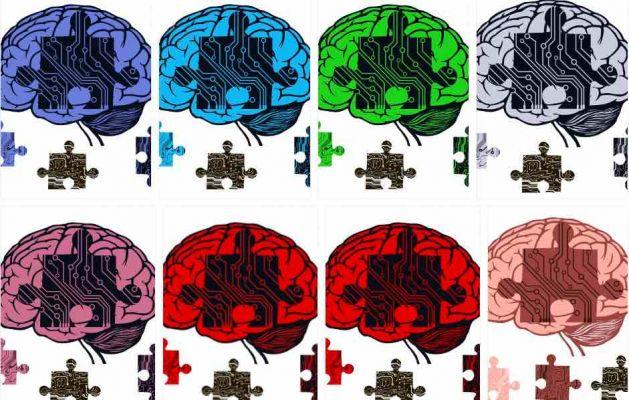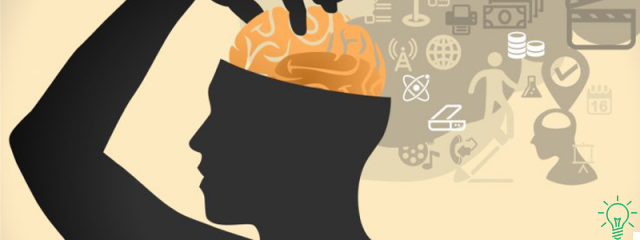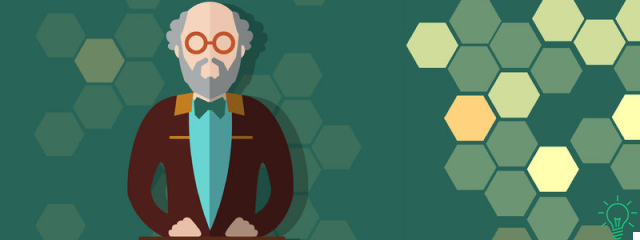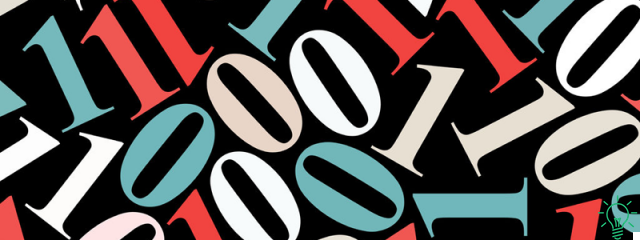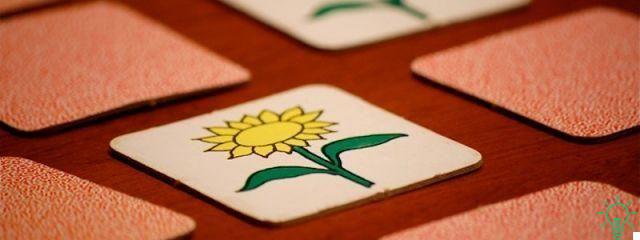
Any higher level memory technique, however advanced it may be, ultimately rests on a fundamental stone: the ability to convert information into images and therefore to remember through pictures.
And the reason is simple:
The human brain is able to remember through images much better than through words.
When I make this statement many do not believe me. They are in fact convinced that they do not have a good visual memory.
But it's just that they've gotten so used to recording inputs in the form of words (after all, most teaching is done in books!), That they no longer remember the incredible power that images have.
Do you have low visual memory?
If you are convinced that you have no visual memory, think about the last movie you saw in the cinema.
I'm sure you still remember a lot of things; maybe in a messy way, after all you were there to have fun, not to study.
But you really remember a lot of them: places, events, names, situations, details of all kinds….
Now think about the last time you read a book for an hour and a half (the average time of a movie): how many things do you remember? Much less than you remember from the movie.
I hope with this example I have convinced you; if that weren't enough, consider that dozens of scientific studies have been done and all have shown man's greater ability to remember through images.
This large capacity is connected to particular areas that are found above all in theright brain hemisphere, that is what, simplifying, is considered the "creative" area of our brain.
Why is it easy to remember through pictures?
If you think about it it is perfectly logical: it is an innate and natural ability, with biological-evolutionary roots that go back tens of thousands of years, to prehistoric man and his predecessors.
In fact, he did not know writing, and his spoken vocabulary was also limited.
But his senses were exceptional!
To survive he had to explore the environment and remember places, situations, experiences in order to distinguish dangers and opportunities.
For example, if we looked in the head of a caveman for his notion of an "apple" we would not find the word APPLE; but a series of very specific sensory memories. For a caveman, the surrounding world was not made up of names, but of colors, shapes, smells, tactile sensations, sounds, flavors.
For much of our evolution, therefore, the most important information we had to learn to survive was non-verbal. And that's why we remember pictures much better than words!
Rather, to say "images" is actually an understatement: the image stimulates only the sense of sight, and moreover partially. It is flat, while we have two eyes instead of just one in order to appreciate the three-dimensionality of the objects and the space that contains them. Furthermore, there are all the other senses.
For example, have you ever heard of eidetic memory? It is the one that, it is said, allowed Mozart to remember an entire symphony after having listened to it.
And in fact Wiki defines the word as "perception of a mental nature that reproduces the sensory effects of previous impressions".
All the senses therefore have enormous mnemonic power.
How to exploit this fact in the context of memory techniques?
The mental images of the things you need to remember don't have to be like flat stickers, but they have to be a real mental representation of reality. The closer you get to this goal, the stronger the memory associated with the image will become. If you imagine for example a red apple, in your mind you have to do these things:
- Look at it in three dimensions
- Imagine to feel the weight in your hands
- Observe the shine of the skin, the type of red, and any surface imperfections
- Touch it, drop it on the ground, or bite it, and hear the sound it makes
- Caress it i to
- Smell it, and smell it
In short, relive the real experience of having a red apple in your hands one hundred percent!
With all the senses, not just one.
Clearly this will take you some time, especially in the beginning; but then you will see that it will become very fast!
Just like, in reality, if you take an apple in your hand, you perceive it in an instant with all your senses.
Remembering the images in the Technique of Loci
Taking care of the images in detail is particularly important when, with the technique of Loci and the Palazzo della memoria, you build files or paths of Loci that you will need to memorize other things.
In this case the images are a SUPPORT for further information, and therefore they must be solid as rock!
For this reason, when I build Loci files and paths, I use a simple meditation technique.
I sit comfortably in an armchair, close my eyes, place my palms on my knees, and begin to listen to my breath.
After a few seconds, I leave for my path of building the file: one after the other I visualize the images of the path, focusing on every single sensorial detail.
I touch them, smell them, turn them over in my hands, try them with my lips, dedicating at least thirty seconds to each image. I could do it much faster, but I want to relax as much as possible and seek maximum focus.
Even when I switch from one image to the next, I use the full power of visualization.
For example, if it is different places in one environment, I see myself physically switching from one to the other. If, on the other hand, they are objects that are not related to each other from a spatial point of view, I imagine to look away from one and fix it on another while the scenery around the object changes.
In some ways, what I do is reminiscent of a walk on Hollywood movie sets.
You walk and observe one after the other the most desperate sets: you turn to one side and there is a western saloon; you turn away and see the inside of a spaceship; you look at a point and there is a camel caravan in the desert, you turn your head a few degrees and you see an Eskimo entering his igloo.
Remembering the images helps concentration
By taking this process calmly, you will achieve two goals:
- The still images of your new filing cabinet will be extremely solid.
- You will associate the building of the filing cabinet with a pleasant and relaxing experience.
For most people the the second point is as important as the first.
In fact, how many times does it happen to exams to perform much less than what you know.
In this case, you are fooled by feelings such as anxiety, fear and stress.
If you're interested, I've written a whole article for those who lose focus easily.
But the reason why using images helps is easy to explain in a few lines.
For example, think of having to make a speech in public, and of having memorized it by "attaching" the main information to a file built with the method I told you.
Going from one image to another and from one information to another will be like taking a relaxing walk, because your brain will associate it with the relaxation experienced during the construction of the file.
And if, to build the route, you used familiar and reassuring places, you will feel like you are in slippers!
Experiences such as public speaking, discussing a thesis, or going to a memory championship where you have to memorize 52 cards in less than two minutes, create great tension in us.
Partly due to shyness, partly to performance stress, partly to the fear of making a mistake or making a bad impression.
While memorizing using the images in the manner I have told you will give not only great solidity to the links of your memorization chain, but also tranquility to your heart when you use them to remember. Trial! A greeting. Anthony.






